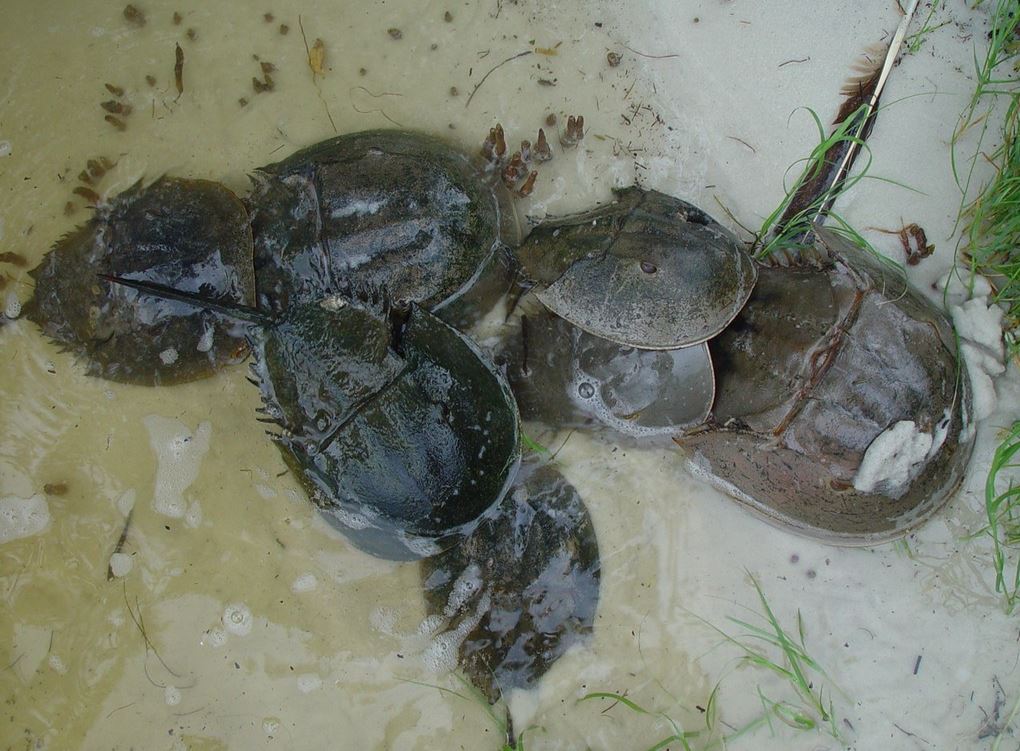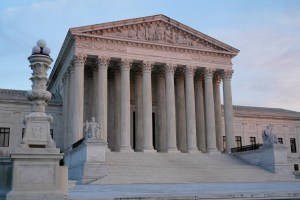TAMPA, Fla. (WFLA) – Springtime is just around the corner, which means love is in the air for Florida’s horseshoe crabs.
According to wildlife officials, horseshoe crabs mate year-round, and are most commonly seen mating in clusters along Florida’s coastal waters during high tides and new and full moons in March and April.
Mating begins when several males latch on to a female and head to the shoreline. The female will dig small nests in the sand and drop her eggs. Then the males will fertilize the eggs.
The eggs remain in the sand for about a month and will hatch during another high tide, then the larval horseshoe crabs will float out to sea.

The Florida Fish and Wildlife Commission is asking beachgoers to report mating horseshoe crabs, so they can track the animal and get more information about its habitat use, population distribution and environmental conditions.
“Although horseshoe crabs have existed for more than 450 million years, scientists are still learning about Florida populations,” the FWC said in a press release. “Public sighting information helps FWC researchers target spawning beaches for the Florida Horseshoe Crab Watch Program, an initiative to collect scientifically accurate data throughout the state.”
The FWC says if you see a horseshoe crab on its back, gently pick it up by holding both sides of its shell, turn it over and release it back into the water.
To report a sighting, take a survey on the FWC’s website or download the FWC Reporter app, which is free on Apple and Android phones. You can also contact Horseshoe@MyFWC.com or 866-252-9326.
LATEST STORIES:







